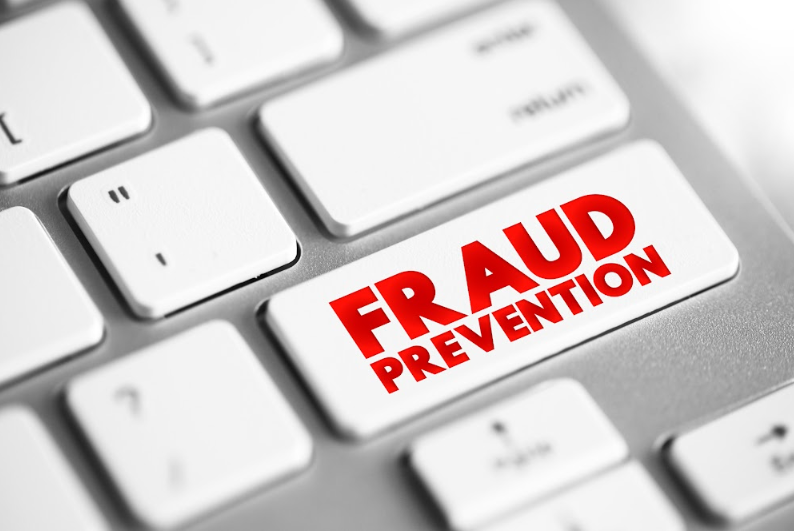How To Easily Identify Fraudulent Transactions

Managing a business in this digital age has its share of risks. Among the numerous dangers lurking around is no other than transaction fraud. When a company engages in online transactions, there’s always a risk of becoming a victim, which can be costly.
Nowadays, a fraudulent transaction is a potential risk your business will face at some point, especially if you accept online payments. Malicious actors or hackers can utilize stolen credit card details to purchase online, negatively affecting your business in the long run. Once the cardholder notices the unusual payment, they’ll likely initiate a chargeback request or refund, which is costly.
Understanding Transaction Fraud
Fraudulent transactions can happen when a business least expects it. Generally, it involves purchasing products and services using stolen payment details. Cybercriminals may be able to obtain payment information from dark web forums or infiltrate corporate databases with weak security protocols. Victims are often unaware of this until they receive their statements and find several unauthorized transactions. Due to this, they file a chargeback.
While some businesses experience transaction fraud at some point, minimizing the risk at all costs is essential. Sadly, if it gets out of hand, it can bring about chargebacks, expensive processing fees, and lost time.
If your online business gets numerous chargebacks, your bank will likely charge penalties, which can be costly. Along with the chargebacks, you still need to pay the processing fees even for a fraudulent transaction, adding to the expenditures.
Tips To Readily Identify Fraudulent Transactions
Even today, it can be challenging to pinpoint transaction fraud as it occurs. In most cases, it often involves trivial signs that steadily increase. Some of these indications include mismatches with the shipping and billing addresses, rushed shipping, and an unusually large number of small orders, to name a few.
Over the years, fraudulent methods evolved to be able to infiltrate security. Luckily, technology is keeping up with the trends to thwart fraudulent activities. You can stop these kinds of transactions with the right technology, support, and practices. Here are valuable insights to help identify potentially fraudulent transactions.
1. Invest In The Right Financial Service Or Software
Investing in financial services that utilize advanced analytics may be worth considering to effectively lower the risk of becoming a victim of transaction fraud.
Generally, detecting fraud using analytics involves machine learning (ML) methods and analytic technology to detect potentially erroneous transactions. The main point is that all data will be scrutinized, both real-time and historical data. For example, if there’s missing data, there’s a high possibility of fraud.
The option is worth considering to give your online business an edge in detecting fraudulent activity. With the help of fintech data analytics, it’s one way to boost fraud detection. It involves automating the identification of potentially fraudulent transactions.
You can also go for fraud prevention software. Generally, it works by detecting any automated threats that hackers might utilize to infiltrate user accounts. Depending on the type of software, they work by analyzing all incoming requests and thwarting suspicious scripts before causing any damage.
2. Utilize Address Verification Service (AVS)
An automated fraud prevention system capable of detecting fraudulent transactions is Address Verification Service (AVS). It works by lowering the risk. It compares the customer’s billing address during checkout to the address the issuing bank has on file.
If there’s a mismatch, it’s a clear indication of fraud. Cybercriminals may lack access to the cardholder’s details and cannot provide an identical match.
3. Be Wary Of IP Proxies
Cybercriminals often utilize an approach that involves masking their IP addresses with a Virtual Private Network (VPN). If they do this, you cannot pinpoint the location where they place an order.
Although proxies are becoming popular, cybercriminals utilize them to stay hidden. The proxy serves as an intermediary, allowing the convenient stream of data from one device to another while concealing the real IP address which the information originates from.
The ideal approach to deal with this concern is a manual review. However, a better way is to present a straightforward message to customers to inform them that they must disable their VPN to complete a purchase.
4. Scrutinize The User Location And Shipping Destination
Any transactions are more secure when the billing, shipping, and IP address point to the exact location. If you find out that a transaction is far from the address provided, it requires further scrutiny. Remember that any discrepancies in the information may be a potentially fraudulent activity.
As for the shipping destination, cybercriminals are eager to obtain the stolen products. The most common approach is to ship the products to different addresses, not the billing address. When you encounter orders with different billing and shipping addresses, there’s a high chance of being a fraud. In case the destination of the product is a re-shipper or freight forwarding company, it’s a clear red flag.
5. Inspect The Card Verification Values (CVV)
The Card Verification Value (CVV) is the three-number figure on the back part of a card. It plays an essential role in identifying online fraud transactions. For example, if the CVV entered during checkout doesn’t match, it’s best to decline the transaction.
6. Maximize Device Identification
Every person has a distinct set of fingerprints. The same also applies to devices that cyber criminals may be unable to manipulate. In device identification, it works by analyzing the device. Generally, it scrutinizes the operating system, browser, and Internet connection to determine if there are recent declines or flagging for risk. It’s a practical step to block and detect potential cybersecurity threats, including fraudulent transactions.
Final Thoughts
Fraudulent transactions are on the rise, and any business is at risk. If your business is at high risk, it’s crucial to take all necessary measures to prevent one from happening in the first place.
Remember that the negative impact is more than the chargebacks, but also the time, effort, and stress while losing client trust and damaging the business reputation. Considering these insightful pointers will help identify potentially fraudulent transactions and take timely action to prevent them from getting worse.
Read Also:


























Leave A Reply